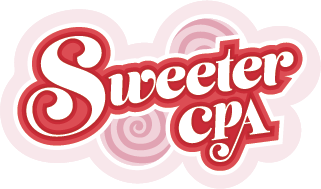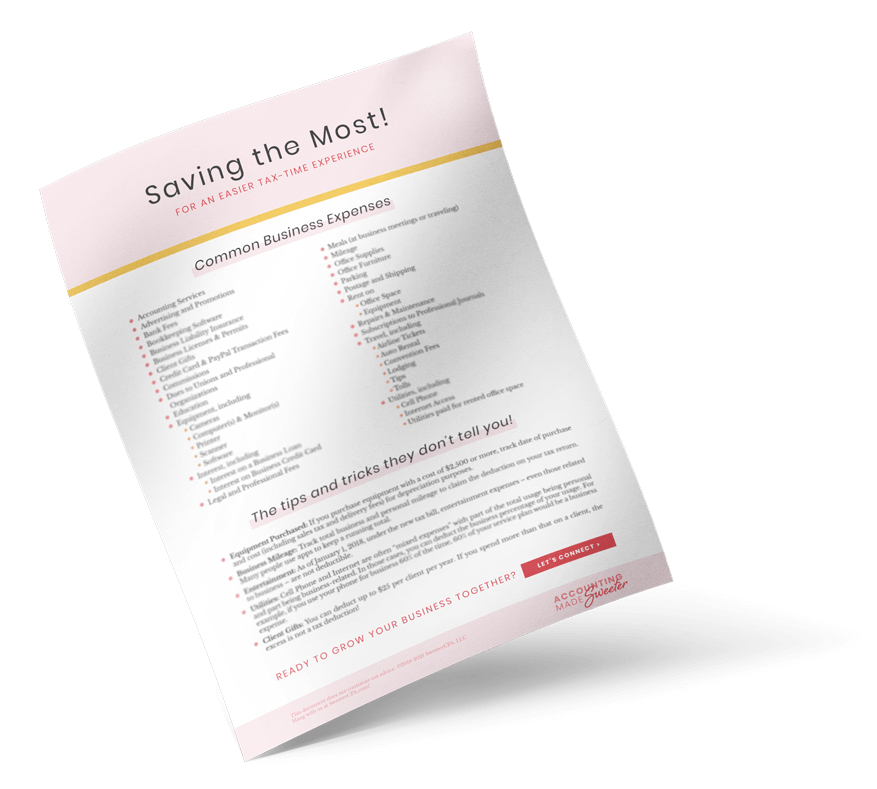Resources
- The IRS’s Brief Overview of Depreciation
- IRS Publication 946: How to Depreciate Property
- 2013 Form 4562, Depreciation and Amortization
- Instructions to 2013 Form 4562
Why YOU Should Care
If you purchase certain property for use in your business, you may be required to depreciate it. While there are special elections that pertain to how much depreciation is taken in the first year vs. future years, depreciation is mandatory for business assets.
What is Depreciation?
Depreciation is the method by which the cost of an asset purchased for business purposes is spread over the life of the asset (i.e., how long your business will use the asset). For tax purposes, this helps to match the cost of the item with the years in which it is used to produce income. The accumulated depreciation reduces the value of the asset so as to account for wear and tear on the item.
What Kind of Property is Depreciated?
Tangible property (i.e., property you can physically touch) is depreciated if you expect to use it in your business for more than one year. Such property includes:
- Buildings
- Equipment (e.g., computers, cameras, printers, scanners)
- Cars
- Furniture
Some kinds of intangible property such as patents, copyrights, and computer software are also depreciated.
What Kind of Property is NOT Depreciated?
- Land
- Property purchased and disposed of in the same year
- Property you do not own (i.e., rented property)
Partial Business-Use of Property
It is common for small business owners to have certain assets that are partially used for business. Examples include computers and cameras that are also used for personal purposes in the taxpayer’s everyday life. In those cases, it is necessary to determine the business percentage of the asset. This is the percentage of time the asset is used for business purposes. The business percentage of the asset will then be depreciated.
For example, if a computer is purchased for $1,000 in 2014 and the taxpayer determines that the asset is used for business 70% of the time, $700 of the computer will be depreciated.
Depreciation on your Tax Return
The depreciation deduction is calculated on your tax return on a Form 4562 that is filed with your business return. To complete the form, you need the following information:
- The date the asset was placed into service (i.e., first used for business).
- The basis of the property. In most cases, this is the purchase price of the asset.
- The depreciation method.
- The class life of the asset. Note that this is a pre-determined amount based on the type of asset, not how long you actually anticipate using the asset for your business.
- Whether any special elections (e.g., bonus depreciation) will be taken in the first year.
The proper depreciation method for tax purposes for most assets is called the Modified Accelerated Cost Recovery System (MACRS).



